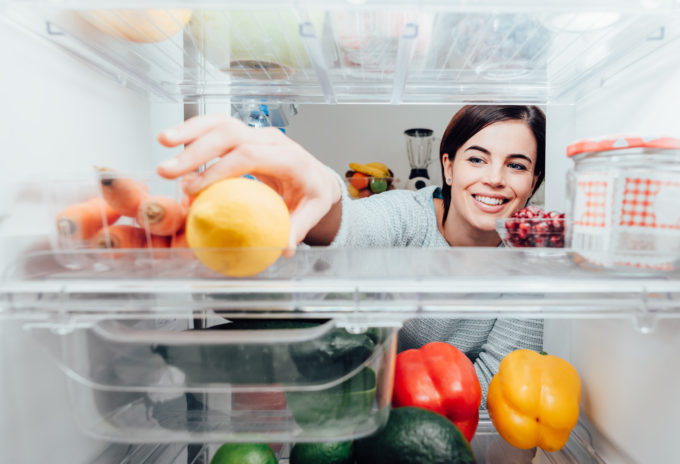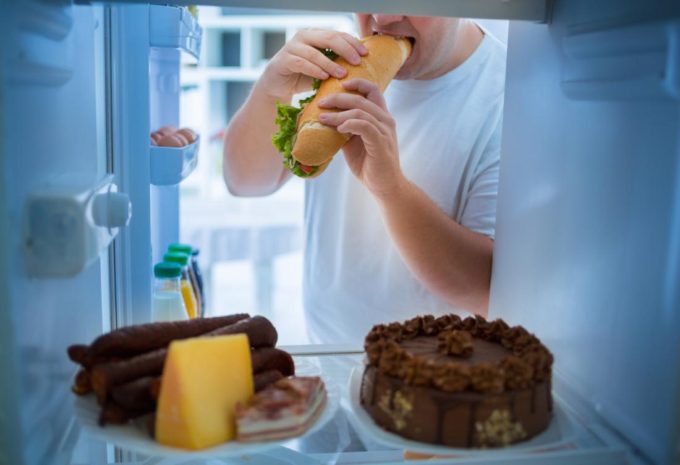How to manage your fridge
Although we live in an age where the overwhelming majority of households has a fridge, it is often the case that it’s not used the way it should be. Time and again we overstuff it or don’t put things in the “right” positions, we’ll explain below what the “right” position means. Here we’ll endeavour to showcase all that. We will also examine how the supply and organization of the fridge may influence body weight.

Point one is of course fridge temperature. The fridge should operate at a temperature between 4°C and 1°C. Bacteria development is deterred or decelerated within this range. On the other hand the refrigeration compartment should operate at below -18°C, a temperature that forbids bacteria multiplication.
Point two is cleaning. If you are considering of organizing your fridge from the start it would be good to empty it and clean it by taking out each shelve and draw and washing them as well as you can. Apart from this wide range type of cleaning, make sure you regularly clean the fridge with soap and water, check jars and taper ware or any other packaging to ensure they’re not dripping, and thus creating a focal point for bacteria development. Do not omit to package all food into appropriate membranes, food bags or taper ware.
Read the instructions upon food packages in order to know when, for how long and where in the fridge you should storage them.
- When: certain types of food has to be stored right after purchase whereas others after they have been opened.
- How long: check the expiration date especially if you’ve had a product for long. Be carefull with leftovers, those don’t have an expiration date and shouldn’t be kept for more than four days.
- Where: certain types of food, like spices, can be kept for long and not necessarily at the lowest temperature. Consequently those can be put at the door of the fridge. In contrast fruit juices, milk, butter, yogurt and meat are better off at the shelves where temperature is as low as possible. Raw meat specifically you can put at the lowest shelve so that it doesn’t drip onto other food or meals. Fruits and vegetables are better kept in drawers, where it is much cooler, especially if those drawers aren’t opened and closed all the time.
Once a week check for foods whose expiration date has passed by in order to remove them from the fridge. Make sure to place foods that “expire” earlier in more forward positions relative to those that expire later. In simpler terms put what you bought last behind what you have already. Alternatively you may place food in order of magnitude, large packages at the back and smaller ones at the front so that when opening the fridge you are able to easily and quickly locate what you want.
In closing we should note that fridge content does influence body weight. If certain foods are not readily available it is easier to avoid them. Try not to supply it with processed foods, or foods high in sugar or/and saturated fat. Finally storage food in predetermined portions so that it will be more difficult to wander off quantity wise later.








